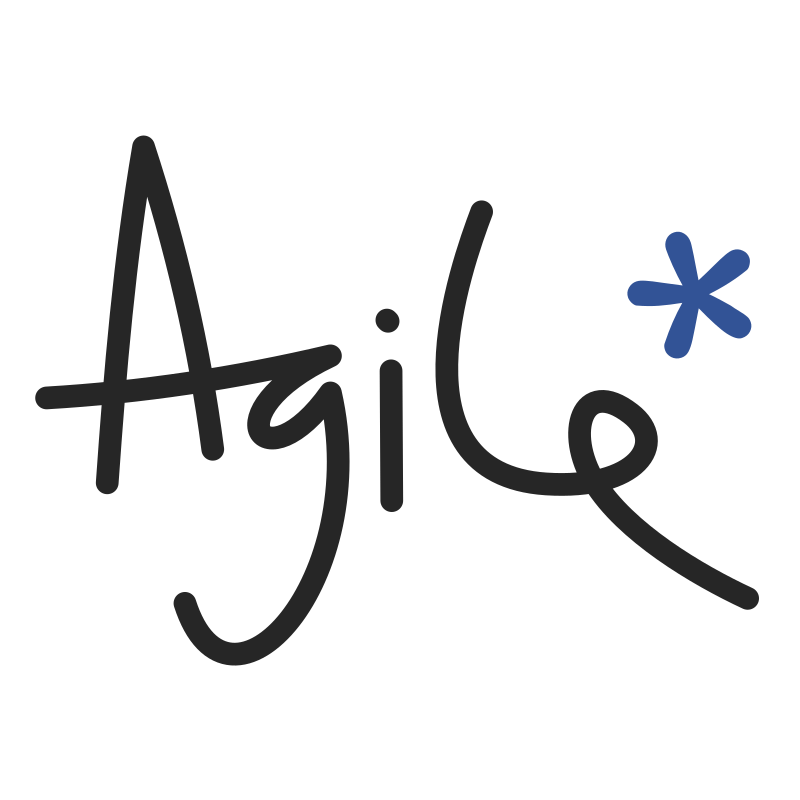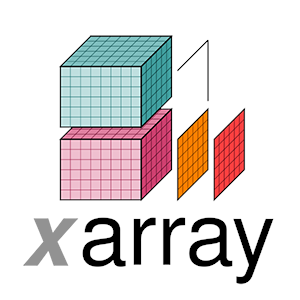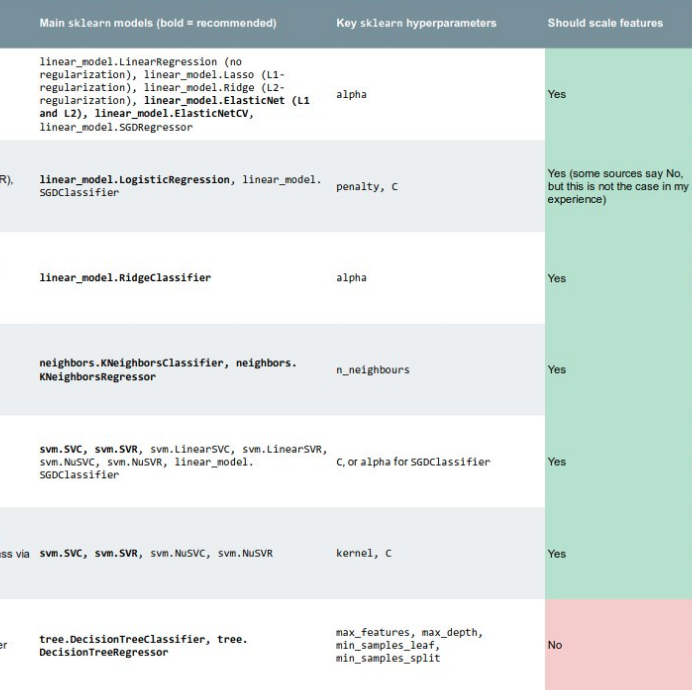Expert culture is bad for you
/Expert culture is bad for you. Not experts themselves, though I prefer not to use the word at all, but a culture that elevates them unduly. I don't like the word because it is usually used to mean something like master, chief, authority, or worst of all, judge.
What's wrong with expert culture? Lots:
- It disenfranchises everyone else. Non-experts think there are some opinions they are not entitled to. In a highly creative, subjective discipline like ours, this is A Bad Thing.
- This forces them to wait around till the expert can tell them what to do. Which slows everything down. If they have to wait too long, or can't get the expert's attention, or the expert can't or won't get involved, the opportunity, whatever it was, may disappear.
- Meanwhile, experts are burdened with impossibly high expectations — of always being right or at least deeply insightful. This makes them cautious. So if they're uncertain or uncomfortable, they hang back because there's no upside to being wrong in the expert culture.
- Expert culture encourages knowledge hoarding, because it explicitly connects personal knowledge with glory, and downplays what the rest of the organization knows. The ignorance of the masses highlights the expert's prestige.
- Experts, frustrated with having to tell people what to do all the time, write best practice documents and other edicts, which try to make tricky workflows idiot-proof. But idiot-proof means idiot-friendly — who did you hire?
How to fix it
Better is a culture of expertise. The basic premise is that expertise is everywhere in your organization. You do not, and can not, know where it is. Indeed, its whereabouts will often surprise you. Turns out you hired awesome people after all — and they know stuff. Yay!
In the culture of expertise, what are these people we often call experts? They are still highly experienced people, with unusually broad or deep careers, with profound intelligence or intuition. But now they are free to apply their insight and judgment in more creative and more daring ways — even to things they aren't considered experts in. And their role in this new culture shifts slightly: it becomes the seeking, assessing, parsing, synthesizing, and spreading of expertise in the organization — wherever it is. They become curators, mentors, and champions of excellence. And they will revel in it.
The best experts do this already. How many do you know? Will you step up?


























 Except where noted, this content is licensed
Except where noted, this content is licensed